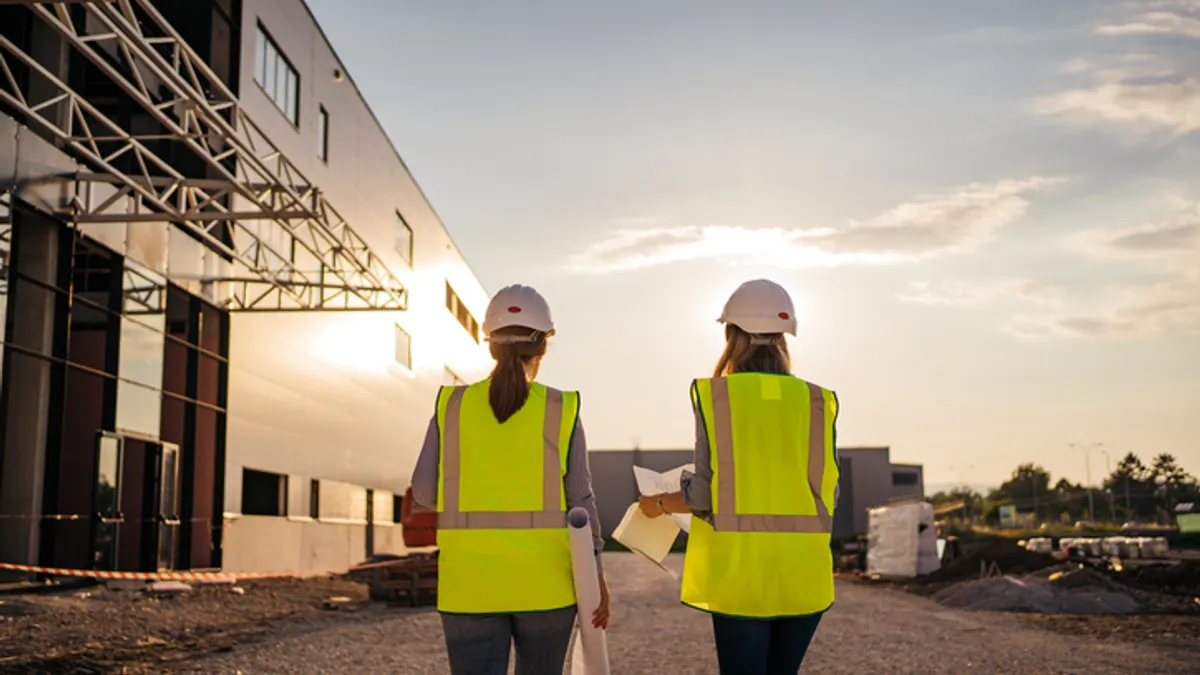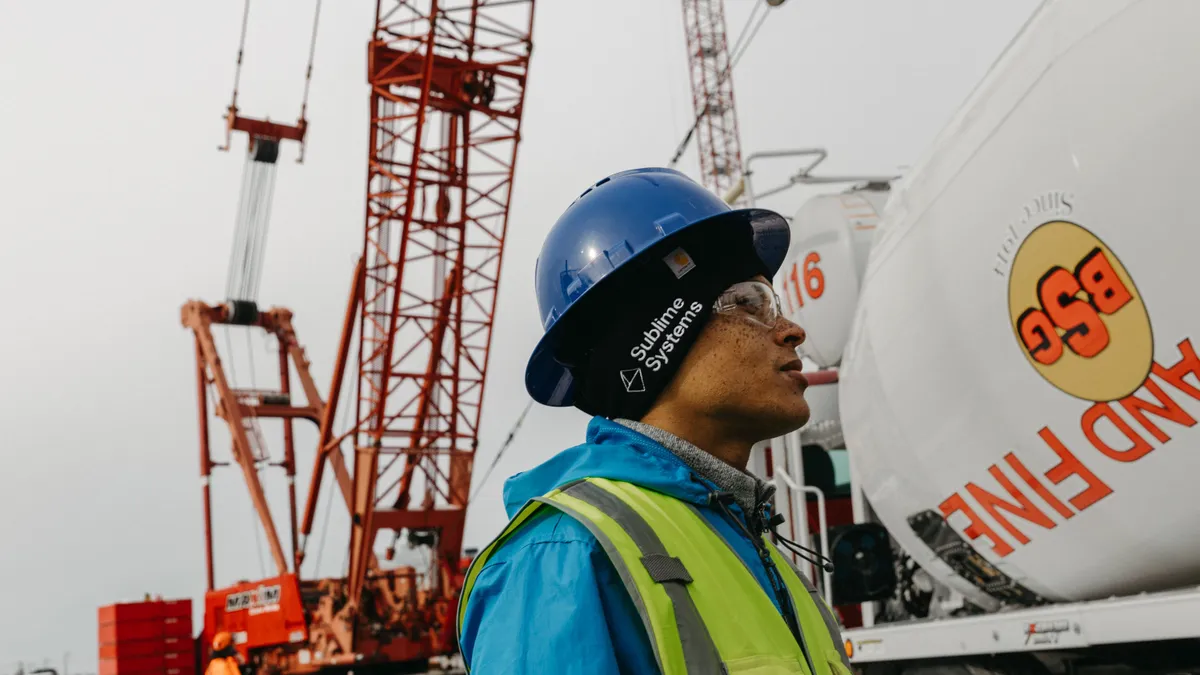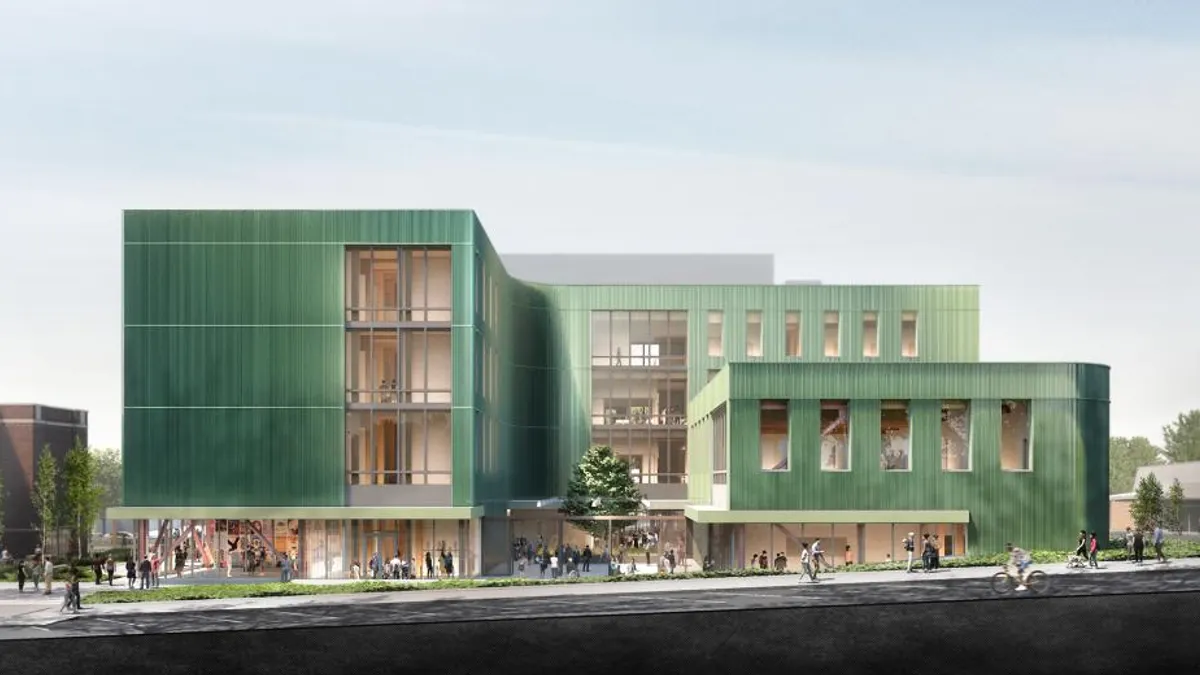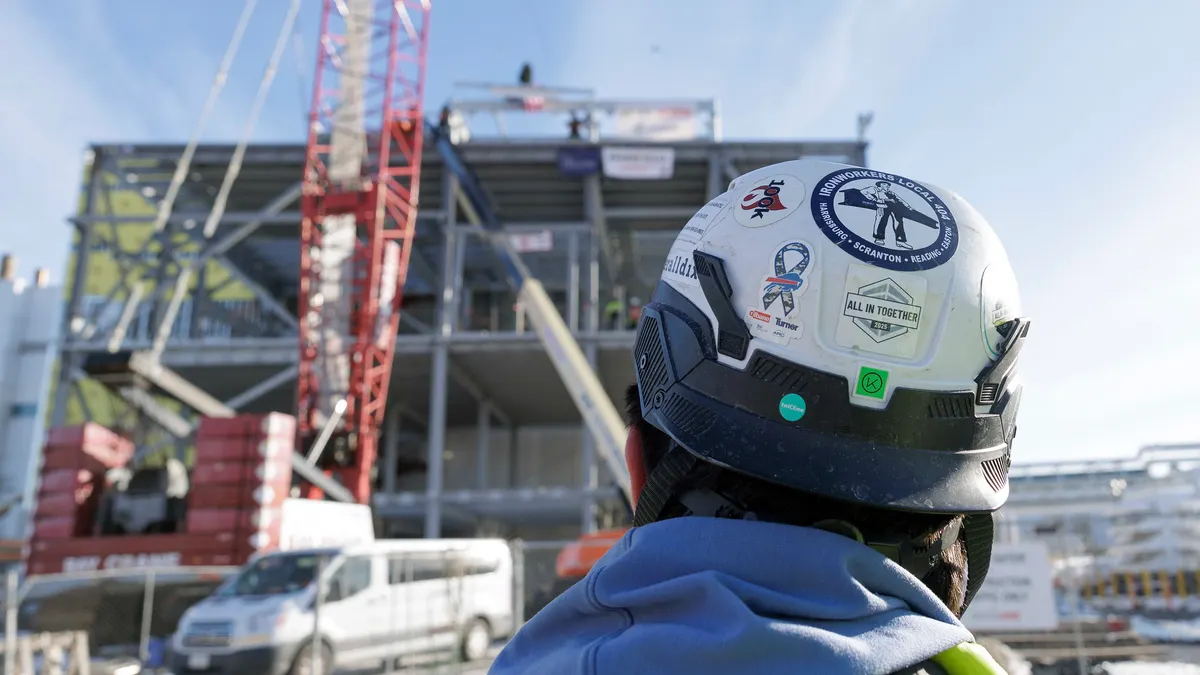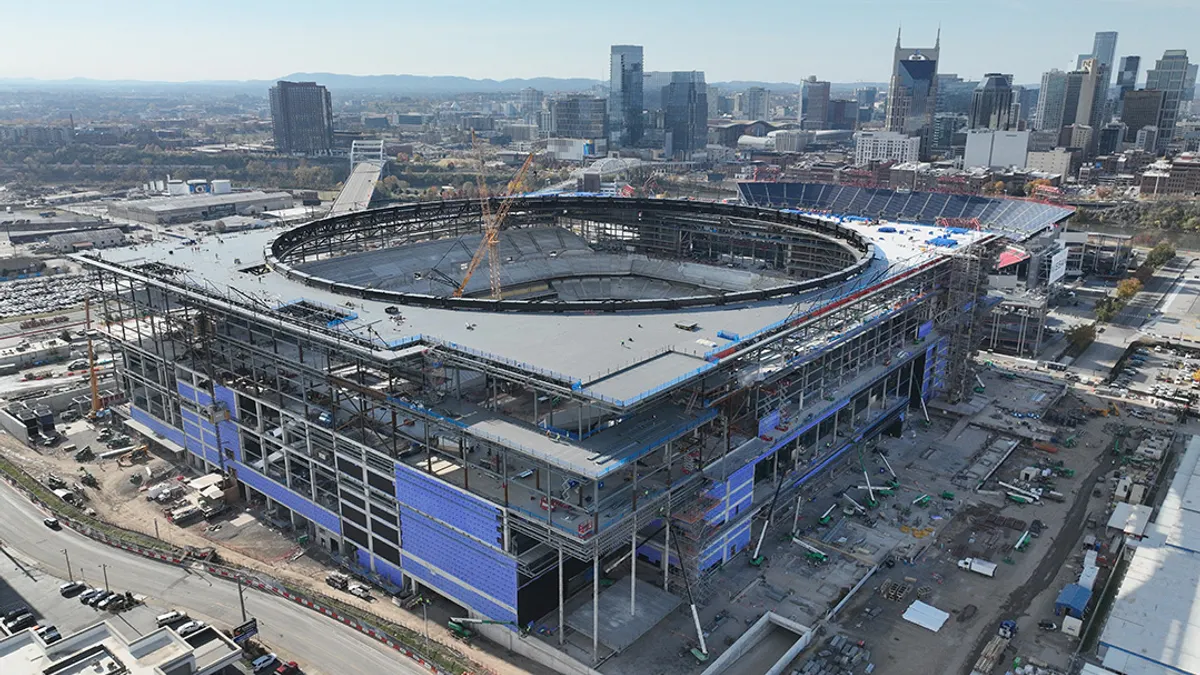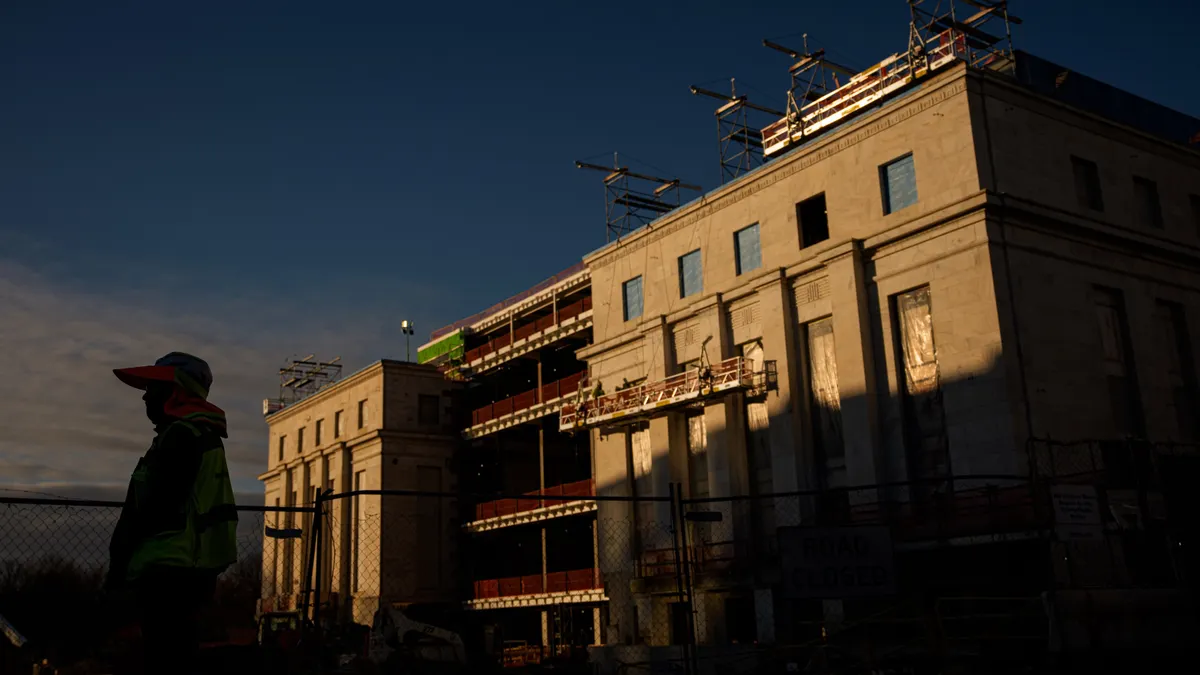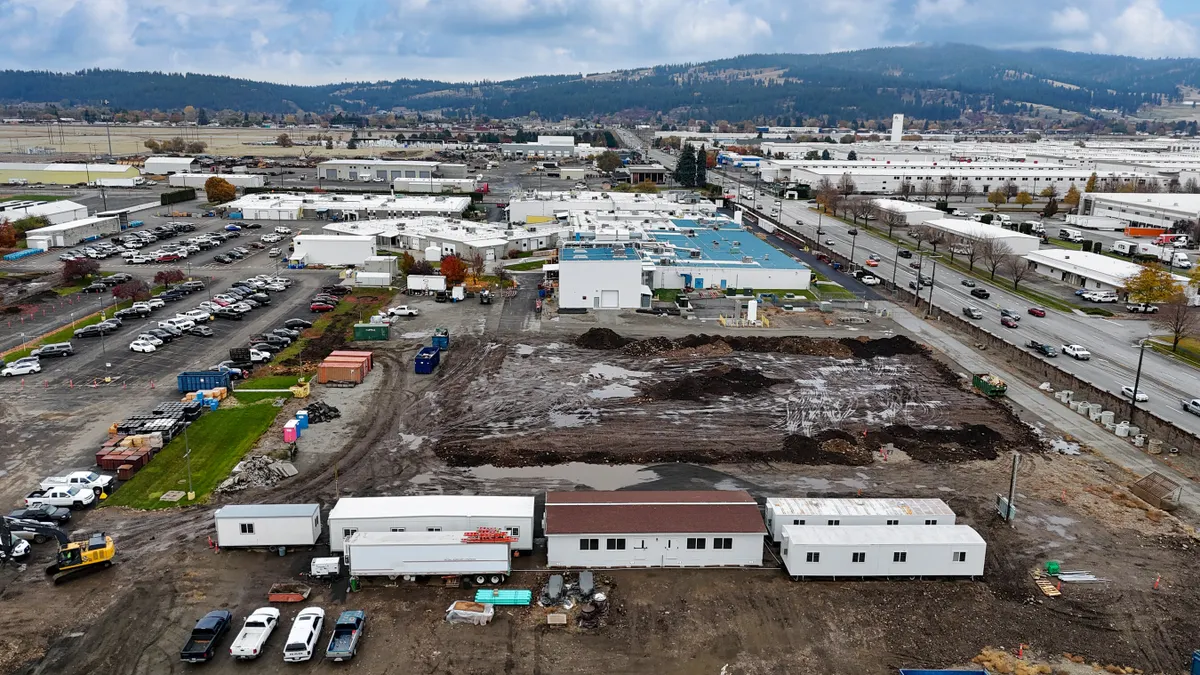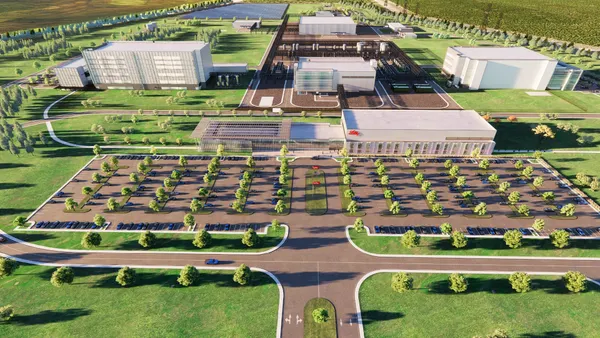Robert Brown is president and CEO of GCM Contracting Solutions, a design-build contractor in Southwest Florida. Opinions are the author’s own.
For decades, the design-bid-build model has been the backbone of the U.S. construction industry. It has delivered countless successful projects by providing competitive pricing and a clear division of responsibilities between designers and contractors. For many straightforward projects, it remains a reliable and effective choice that deserves credit for shaping much of the built environment we see today.
But the challenges we face now are different from the ones we faced 20 or 30 years ago. Facilities are more complex, labor is tighter, supply chains are unpredictable and extreme weather is a constant concern. These conditions demand a delivery model that emphasizes speed, integration and adaptability.
That is where design-build stands apart. By bringing designers, engineers and builders together from the beginning, design-build creates a structure where accountability, flexibility and innovation are built into every stage of the process.
Speed and cost certainty
Owners are under pressure to get projects online faster without sacrificing quality. In design-bid-build, each handoff from architect to contractor to subcontractor creates opportunities for delay or misalignment. Design-build eliminates those barriers by uniting the entire team under one contract and one shared set of goals.

The difference is not just about finishing sooner. Early collaboration allows structural systems, layouts and material selections to be evaluated in real time, which often results in measurable cost savings.
In my experience, the best value decisions are made before a shovel ever hits the ground. Value engineering in a design-build model is not a one-time exercise at the end of design, but a continuous process that runs throughout the project. That constant feedback loop helps protect budgets while improving constructability and long-term performance.
Building for resilience, not completion
In regions where storms, floods or other environmental risks are part of the landscape, resiliency is no longer an added feature. It has become a baseline expectation. Owners want facilities that safeguard investments and recover quickly after disruption.
Design-build gives project teams the ability to plan with that reality in mind. Foundations and structural systems can be phased with weather patterns. Long-lead materials can be ordered earlier to avoid seasonal disruptions. And because the entire team is aligned, schedules can be adapted quickly and efficiently when weather does interrupt progress. I have seen firsthand how early integration helps projects keep moving even in the middle of storm season.
That kind of resiliency — both in the building itself and in the way it is delivered — has become one of the most important measures of success.
Quality through accountability
Design-bid-build provides owners with valuable checks and balances. Yet the separation of responsibilities can also slow decision-making when unexpected challenges arise. Design-build shifts the mindset from “who is responsible” to “how do we solve this together?”
That collaborative culture is especially important as construction becomes more technology-driven. Many modern facilities rely on advanced equipment, automation and specialized infrastructure. With design-build, engineers, builders and equipment providers are at the same table from the outset. Equipment layouts, clearances, power requirements and structural tolerances can be incorporated into one coordinated model, reducing rework and protecting performance.
The result is greater accountability and a smoother integration of the complex systems that define today’s buildings. Just as important, it creates a working environment where everyone is focused on solutions instead of defending silos.
Going local
Another advantage of design-build is the ability to engage local partners earlier in the process. When subcontractors, engineers and suppliers are included from the start, owners benefit from their regional expertise, whether it is navigating permitting, coordinating utilities or understanding site conditions.
That local engagement pays off twice. It improves the quality and reliability of the finished project and it strengthens the economic impact by keeping more work and jobs in the community.
For public facilities in particular, this approach demonstrates that the investment is not only in the structure itself, but in the community that surrounds it. As someone who has spent decades working in the same region, I have seen how early involvement of local partners can turn a construction project into a source of pride that lasts far beyond ribbon-cutting.
Looking ahead
Our industry has never stood still, and today’s challenges demand fresh thinking. Owners want more than buildings delivered on time and on budget. They want projects that can adapt, endure and create long-term value.
Design-build provides the framework to do just that. It fosters continuous value engineering, supports resiliency planning, integrates complex technology and strengthens community ties. It is a delivery method that does not just solve today’s problems but anticipates the challenges of tomorrow.
After more than 40 years in this business, I have learned that the most successful projects are the ones that balance innovation with reliability and vision with discipline. Design-build gives us the ability to strike that balance. It is not simply about finishing projects faster. It is about building them smarter and stronger so they stand the test of time.






